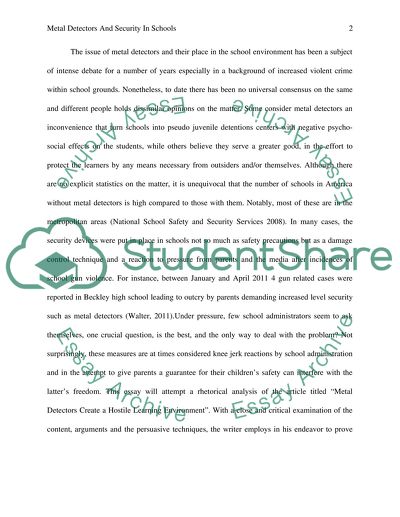Cite this document
(“Metal Detectors Create a Hostile Learning Environment Research Paper”, n.d.)
Retrieved from https://studentshare.org/education/1604939-metal-detectors-create-a-hostile-learning-environment
Retrieved from https://studentshare.org/education/1604939-metal-detectors-create-a-hostile-learning-environment
(Metal Detectors Create a Hostile Learning Environment Research Paper)
https://studentshare.org/education/1604939-metal-detectors-create-a-hostile-learning-environment.
https://studentshare.org/education/1604939-metal-detectors-create-a-hostile-learning-environment.
“Metal Detectors Create a Hostile Learning Environment Research Paper”, n.d. https://studentshare.org/education/1604939-metal-detectors-create-a-hostile-learning-environment.


